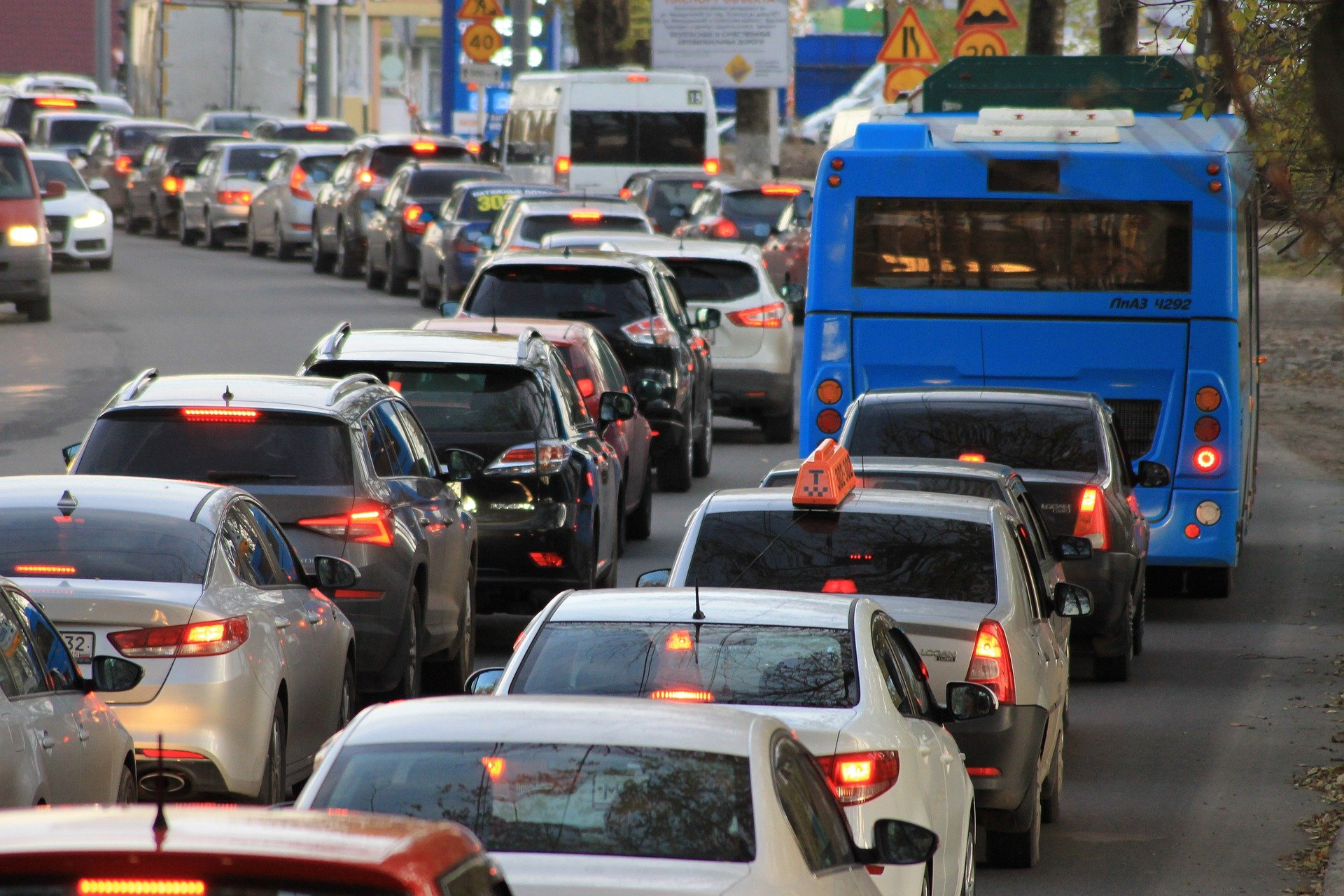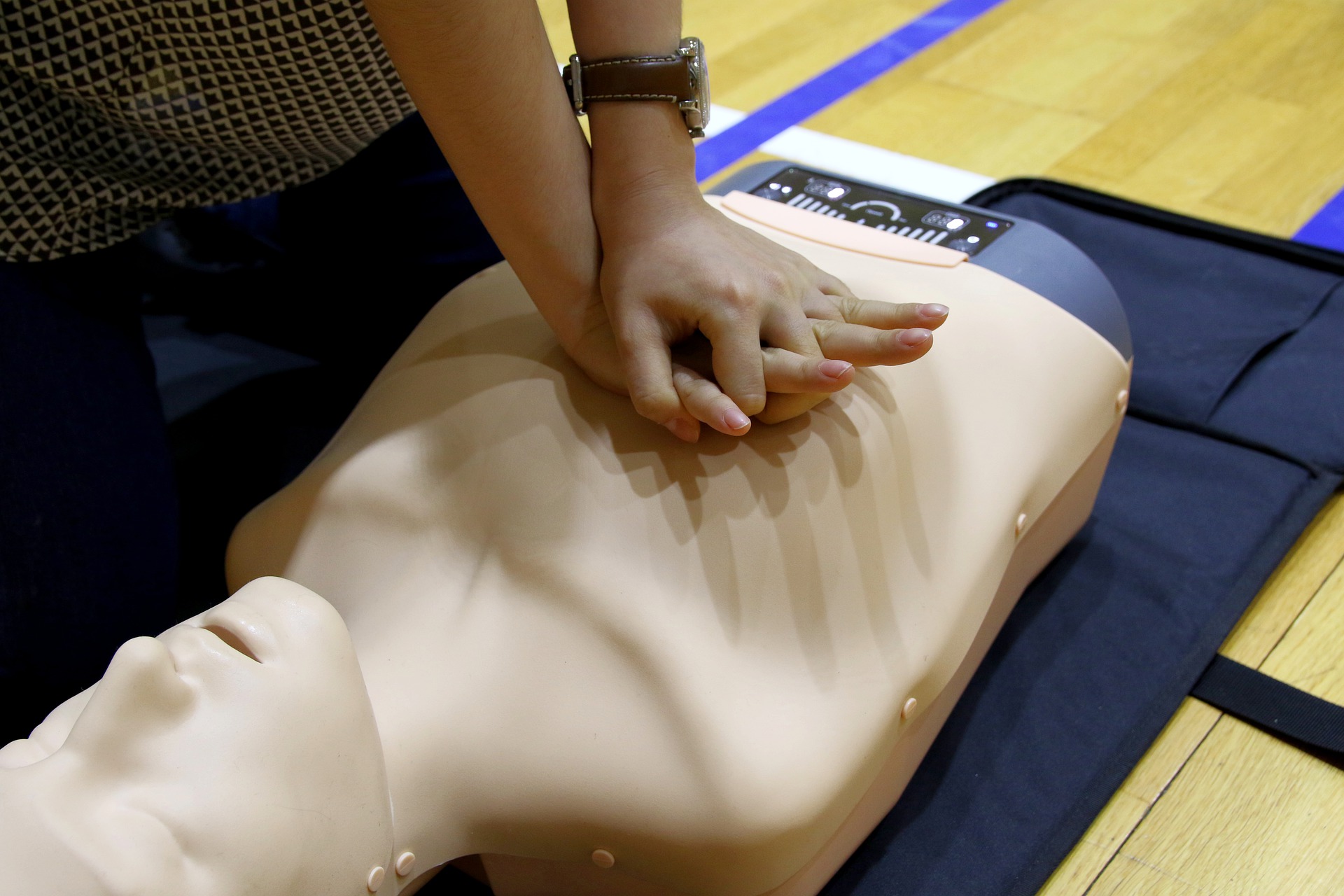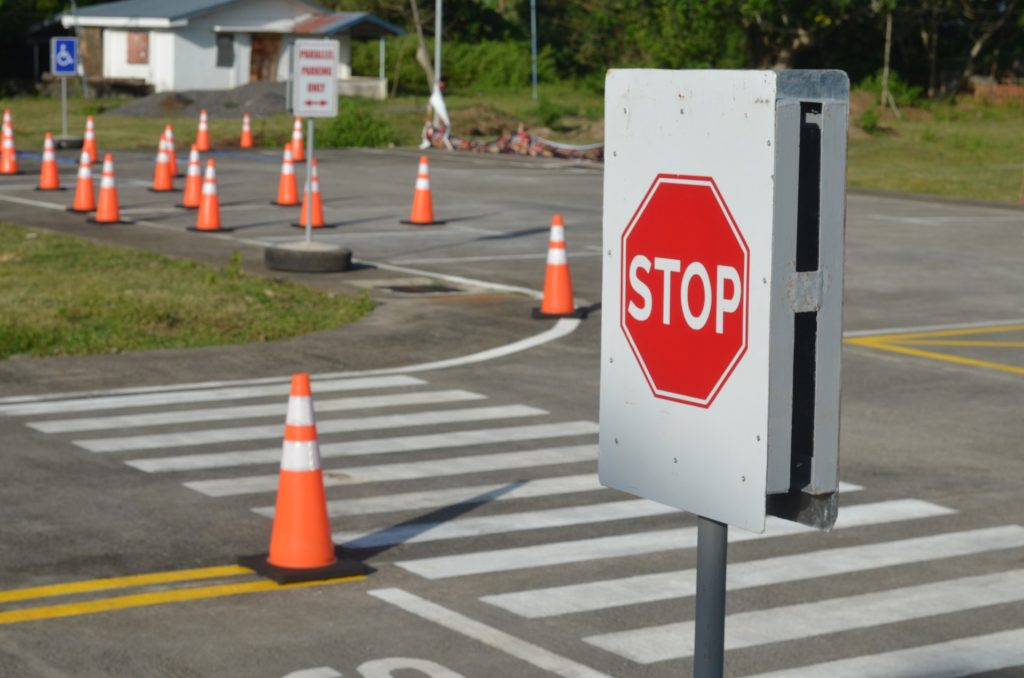Getting behind the wheel for the first time is a rite of passage of sorts, a process of mastering a skill that allows you the freedom to go wherever you want, whenever you want. The minimum age to legally drive in Croatia is 18, so most people take the mandatory lessons and the driving test around the same time they finish high school.
Not me, though. For a number of personal reasons, I put this off until the ripe old age of 32. In late 2021, I finally decided it was time to get a driver’s licence, and so I set off to find a decent driving school (Croatian: autoškola).
Chance had it that my personal project coincided with an interesting report by Zotobi that came out last September. In the report, Croatia was declared the most difficult and the most expensive country in the world to learn to drive and to take a driving test.
‘Croatia is the toughest country to get behind the wheel due to their expensive and stringent driving tests that require a minimum amount of learning and monitoring to pass’, says the Zotobi report.
Driving schools in Croatia indeed charge exorbitant prices (compared to average earnings), and they’ve only gone up in recent years. Driving classes now cost about 40% more than when my peers were taking them in our senior year of high school – it was a costly mistake to wait this long.

Completing driver’s education is a lengthy process that depends on multiple factors: how much time you can find in your schedule to attend classes and take driving lessons, when exactly you’ll get an appointment to take the required tests, and so on. On average, I’d say it takes 4 to 6 months to complete all the classes and take the final driving test. As the above report says, the driving tests are stringent, the examiners merciless, and it’s a common occurrence that candidates fail on the first try, adding more expenses to the total cost and extending the process.
I enrolled in driving school in October 2021 and decided to keep a record of the experience. Something I might’ve not done otherwise, but since Covid restrictions affected the way the classes and lessons are conducted, I was interested to see how much my experience would differ from that of my friends who’d passed the test before the pandemic changed our daily lives.
What follows is an overview of what driver’s ed looks like in Croatia these days, followed by a breakdown of related costs.
***
Every person enrolling in a driving school must present a medical certificate confirming they’re physically and mentally fit to drive. The medical exam is taken in clinics specialising in occupational medicine and usually involves a general health screening, an eyesight test and a psychological test. Once you get your certificate, you’re good to attend the required driving courses.
There are three main parts to driver’s education in Croatia, all of them obligatory.
1. Traffic regulations and safety rules: 30 hours + exam
When you enrol in a driving school in Croatia, you must first attend a class on traffic regulations and safety rules which lasts 30 hours in total. Each ‘hour’ is 45 minutes long and the lessons are held daily in 90 minute blocks, so this part effectively takes about three weeks to complete. At the end of the class, you must take a written exam at your local HAK office (Croatian automobile club).
Usually, you’d attend this class in person at your driving school HQ. Multiple time slots are offered to accommodate candidates’ daily schedules and you can typically choose between morning and evening classes. They’re facilitated by a lecturer who first covers the course material, then goes through a selection of common exam questions to give the candidates a chance to practice before the test.
I can imagine this being a nice concept in a classroom, but it turned out the pandemic made things a lot more complex. In my driving school, for example, this class was held entirely online on a streaming platform.
Like many others, I’ve gone almost fully remote since the pandemic started and I’m more than familiar with video calls, streaming and screen sharing. However, I’m used to seeing my friends and work colleagues on camera on such occasions, as we always try to make our virtual meetups feel as close to meeting in person as possible.
It turned out that absolutely no one but the lecturer himself was required to have their camera on. Most of the time, we didn’t even see the man on-screen, as he usually had the camera focused on a whiteboard where he explained the ins and outs of intersections and overtaking with the help of little magnetic toy cars and coloured markers.
It was a unique experience to say the least. The lecturer really did his best, but he must have found the new environment so unsettling and alienating. For almost two years now, the man’s practically been talking into the void, addressing a silent list of names on a dark screen day after day. He got no chance to put faces to names, or to look for signs of understanding or confusion on said faces. No way to gauge our collective mood, to read the room to see how well a joke landed.
Actually, he had no way of making sure we were all present for the entirety of each lecture in the first place; after the roll call at the start of the class, there wasn’t much interaction for the most part until we got to revise for the exam.
You can easily tell when a hardened professional suddenly gets thrown off balance. He’d been a lecturer and driving instructor his entire career and planned to keep working as long as he could despite nearing the age of retirement, he told us one day. Not anymore – he now has his mind set on retiring the first chance he gets. This is no way to teach, he said.
Some strange times we’re living in alright.

Weeks went by in a flash and soon came time for the exam. You get 45 minutes to answer 38 questions; a 90% score is required to pass. They’re either multiple choice questions or require a very precise answer in terms of speed limits and the like. Not too harsh, if it weren’t for one little caveat: there’s a specific batch of questions about the right of way in intersections (Croatian: raskrižja). Get one of these wrong, and you fail the exam instantly, regardless of how well you did on the rest of it.
Luckily, I passed this on the first try and with the theory out of the way, I was ready to go on to the practical part. But first…
2. First aid training: 9 hours + exam
As part of driving school you must take a compulsory first aid class. They’re organised by external educational agencies and facilitated by certified medical doctors; the class lasts 9 hours and is typically held over the course of several days. You can take the training course at any point before you take the final driving test, but most people opt to complete this part as soon as possible.
The somewhat bizarre experience of a remote traffic regulations class took an even more ridiculous turn with the first aid course. The thing is, the former is theoretical in nature, so despite it feeling impersonal, it sufficed to listen to the lecturer explain the regulations to get ready a written exam. First aid, however, involves an oral exam and practical skills – performing CPR, bandaging wounds to control bleeding, immobilising fractures and so on.
Since this course was to be held remotely as well, I was fully expecting a video demonstration this time around. If we couldn’t attend the class in person, surely someone would show us a training video of how to perform CPR, at the very least?
Nope. Throughout the course, we were taken through a PPT covering the basics of first aid, and that was that. To be fair, the MD was quite displeased by the circumstances and said on more than one occasion that this was not the proper way to learn first aid. To his credit, he tried involving us as much as he could, asking questions and getting us to think practically about how we would behave in the event of an emergency situation.
Not many people volunteered answers. That silent list of names I mentioned earlier remained stubbornly silent in this class too. I hopped in as much as I could – yes, I’m that annoying kid, but mostly it was because I sympathised with the poor man. I’ve worked as an educator both in a classroom and remotely, and I know how discouraging it is for a lecturer of any kind to not get feedback from their class. It’s easier to handle the situation if you can see people’s faces, but if you’re technically presenting over a voice call and are getting absolutely nothing in return… The prospect alone makes me anxious.

It’s really strange being taught how to immobilise a broken limb descriptively, without getting to observe the process. We were provided with a training manual and instructed to practice for the exam at home, as it was supposed to involve a few practical questions where the candidate is expected to demonstrate a procedure.
You might be thinking, there’s a YouTube tutorial for absolutely everything these days. Why not look up some first aid training videos? That’s not the issue I take with this. The issue is that we essentially paid close to €100 for a PPT and a training manual we could’ve bought in a bookshop for way less and learned the bloody thing on our own. Knowing how to perform first aid is a crucial skill, and I’m disappointed it wasn’t taken more seriously.
Unlike the class, the exam was held in person. Over 15 people were cramped in a hallway and went into the exam room in pairs. No demonstration was required at the exam either.
3. Vehicle management: 35 hours + final driving test
Once you’ve mastered the theory, you can go on to the practical part: driving classes, officially called ‘vehicle management’. Candidates need to complete a minimum of 35 hours (again, 45 minutes each), but can take additional lessons before the test if they don’t feel confident enough behind the wheel.
After the previous two experiences, I wouldn’t have been surprised if the actual driving lessons were also held remotely. A simulator, perhaps? Ah, to have a driving test where the lecturer only asks you to describe how to parallel park!
Jokes aside, these classes do take place on the road, and the candidate is joined by a professional driving instructor. Most driving schools allow you the option to choose the instructor in case you’ve heard good things about someone in particular. In some cases, if you don’t have any preferences in regards to the instructor, you can choose the vehicle you’ll be driving throughout the course – an option that comes in handy if you’re planning to purchase a car of the same make, or have a similar family car you’ll be driving right after you pass the exam.

We skipped the obstacle course and went straight into traffic – thankfully, a quiet street where I could learn the fundamentals without worrying I’d cause a pileup. By the fourth hour, I was out on a motorway. My fabulous instructor doesn’t waste time. I wonder why she keeps telling me to relax.
It’s been long since I’ve learned a practical skill of this sort; most of my learning in the last 15 years or so has been more on the academic side. I assume driving feels like a second nature to those who have been out on the road for a long time, and my musings might seem silly to them. To me it’s novel, and while the principles are simple, I’m just now discovering why paying attention to your surroundings is much easier in the passenger’s seat. I’ll get there eventually – wish me luck.
***
Driving school costs in Croatia
The minimum driving school costs in Croatia were prescribed by law until 2018 when market liberalization replaced the previous legislation. At present, the schools are free to determine their own prices, which are often higher than what the minimum used to be.
The cost of a driving school includes the traffic regulations course and driving lessons; other fees are paid directly to HAK, medical service providers and first aid training providers.
Pricing varies between different cities more than it does within different schools in the same city. For the sake of clarity, the following breakdown of driving school costs in Croatia is based on the former minimum costs prescribed by law for category B (including VAT). In bigger cities like Zagreb, Split or Rijeka, you can expect to add another 10% onto the total. Fees charged by HAK are fixed rates.
Medical certificate
Medical exam: 400 kn on average
First aid
Training course: 550 kn
Exam fee: 118,75 kn (HAK)
Traffic regulation and safety rules
Class: 663,75 kn
Exam fee: 147,50 kn (HAK)
Vehicle management
Driving lessons: 143,75 kn per hour x 35 hours = 5031,25 kn
Driving test fee, paid to the school for vehicle usage: 143,75 kn
Driving test fee, paid to HAK: 236,25 kn
Total cost: 7331,25 kn (approx. EUR 980, USD 1102, GBP 816)
Retaking the test if you fail on the first try: approximately 900kn
Additional driving lessons: 143,75kn per hour
Learn more about driving in Croatia in our comprehensive guide Driving in Croatia 2021: Laws, Motorways, Ferries, Borders & Tips.









